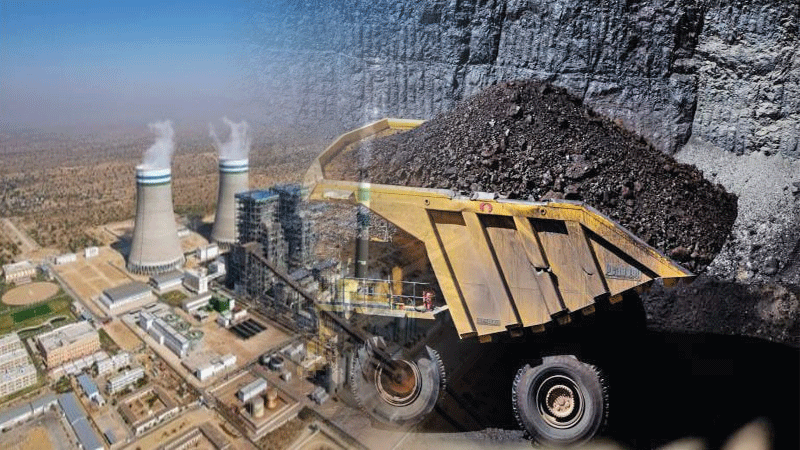The Thar coalfields have recently experienced elevated levels of lead, mercury, chromium, arsenic, and selenium, according to a report written by Dr. Mark Chernaik of ELAW.

The drinking water in the area, according to Thar activists, has been tainted by the Thar coal project. At a press conference held at the Karachi Press Club, local activists gave a presentation of a recent report’s findings.
The report called into question Engro Corporation Ltd.’s assertions that its operations in Block II of the Thar coal area do not endanger drinking water quality or the stability of subsoil and water aquifers.
The activists, including Abdul Aziz Halepoto, Abdul Hamid Somro, Lachman Borano, Leela Ram, Sooraj Jaipal, Neehal Mehranpoto, and Preetam Mehgawar, expressed concern about the local communities’ drinking water being contaminated and claimed that they were now experiencing health issues as a result of the improper disposal of the toxic water. They urged the government to act to save the Thar population by taking note of the report on water quality.
The Thar coalfields have recently experienced elevated levels of lead, mercury, chromium, arsenic, and selenium, according to a report written by Dr. Mark Chernaik of the Environmental Law Alliance Worldwide (ELAW). These elevated levels are thought to be related to coal activities.
Government is urged to act following a report linking excessive levels of lead, chromium, mercury, and arsenic with coal mining The Sindh Environmental Protection Agency-approved Soil and Water Pollution Control Laboratory at Mehran University of Engineering and Technology performed the tests on which the report is based (SEPA).
In excess, fluoride is also present in eight of the nine locations. Four out of the six locations tested for arsenic had levels that were above the allowable limits.
Lead levels were discovered to be more than seven times higher than both Sindh and World Health Organization (WHO) standards at all six locations.
The levels of mercury were discovered to be 19 to 95 times higher than Sindh and WHO standards. Selenium concentrations were discovered to be six to twenty times higher than Sindh and WHO standards. According to the report, arsenic levels were two times higher than WHO standards.
Lead, mercury, selenium and arsenic are toxic heavy metals that can have significant adverse effects on human health and the environment when present at high levels. Engro has failed in its duty to safeguard the health of the people of Thar while making big profits.
Water reports conducted by Engro do not check for toxic metals, which is a key metric in testing the safety of water supplies.
“This means that Engro’s potential mitigation strategies lack knowledge of the water’s toxicity as a result of the ongoing Thar coal project. According to historical baseline data, it appears that Engro’s operations are to blame for the communities of Thari people’s water being contaminated.
Prior to coal operations, baseline mercury levels were below detectable levels, but current levels in drinking water samples are up to 94 times higher than before.
The suitability of the approved Environmental Impact Assessment (EIA) for Thar coal mining and power plants was also called into question, as was Sepa’s willingness and ability to adequately monitor Thar coal activities.